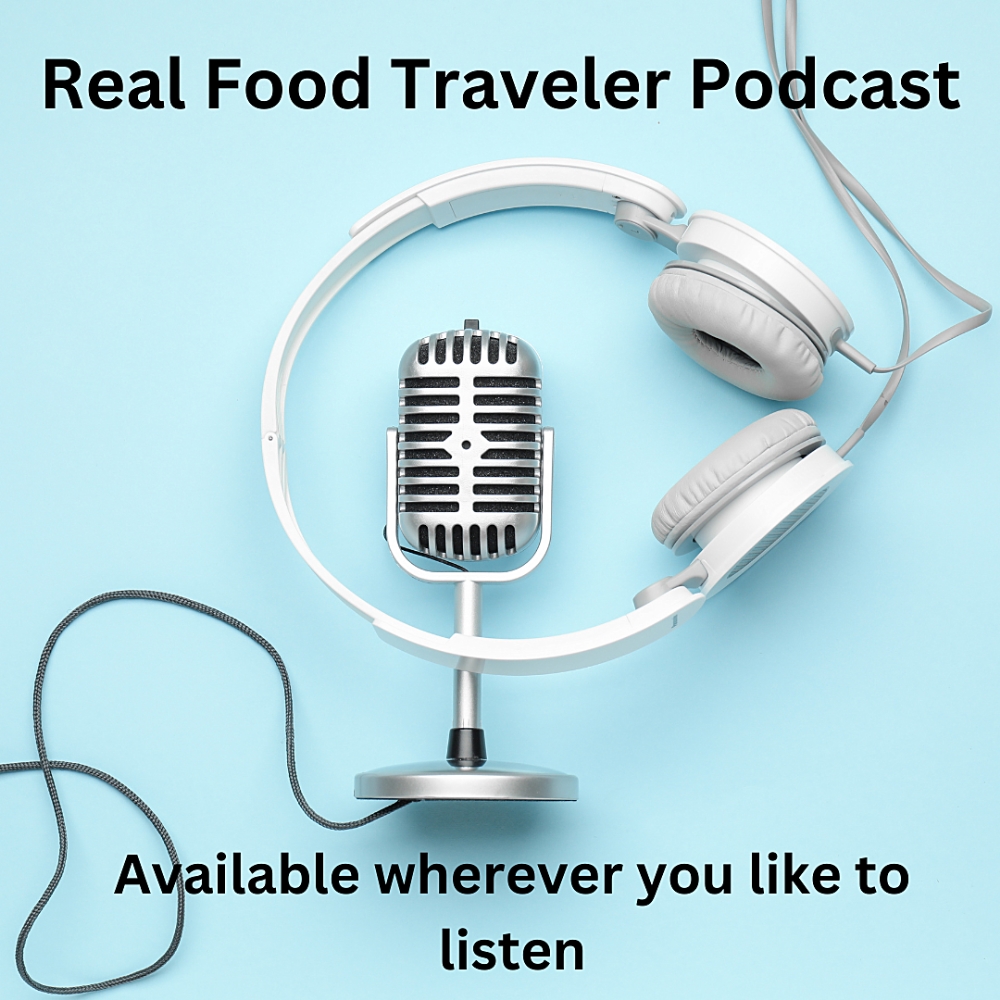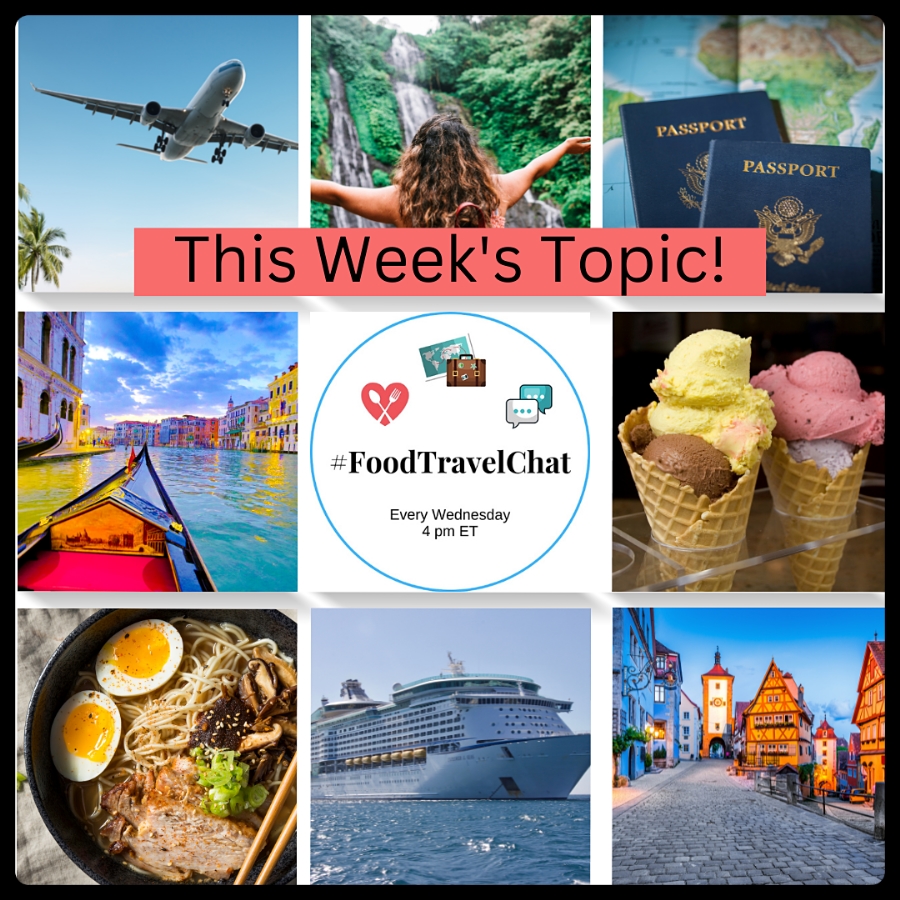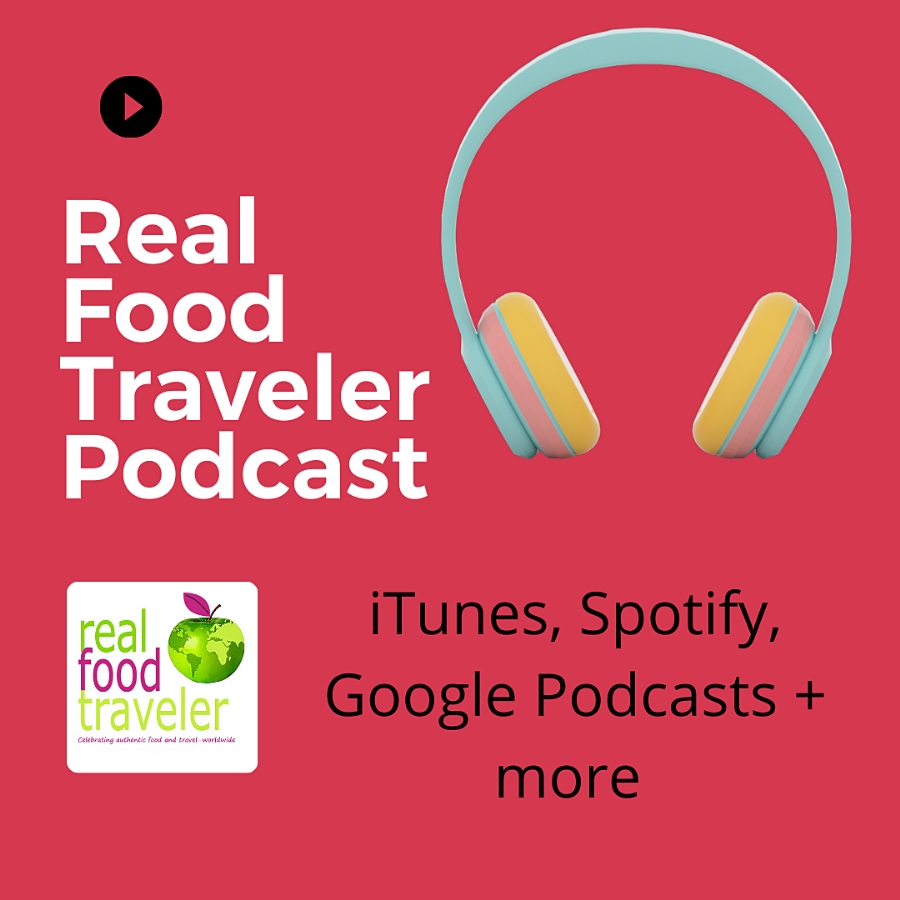Grossed out, or fascinated, we have to admit, bugs are having their moment – as food. Nutritious, interesting, trendy and also traditional, you may find yourself chowing down on something you once squashed (or gently took outside between a drinking glass and a piece of paper). If you’re thinking of eating bugs in Cambodia, let writer Ed Placidi be your guide. He’s back with another in his Cambodian travel series, this time asking us, “How about crispy scorpions with your bug burger?”

Eating Bugs in Cambodia: Creepy Crawlers are a Popular Food
Hold on tight to your stomach. It’s said that the mighty insects will outlast us all, but perhaps not if you’re a Cambodian crawler. In this small kingdom in the center of Southeast Asia, bugs are a very popular snack food.

The culinary predilection was born in notoriously unfortunate times. During the oppressive years of the murderous Khmer Rouge and dictator Pol Pot, food was scarce – and hunger was widespread – so the people turned to an abundant source of free protein. And though those difficult years are long past, and Cambodia today, though still very poor, is enthusiastically striving for a better future, a taste for the crunchy critters has endured.
Crunchy is the key word here. Insect snacks are almost all fried to a crisp, in vegetable oil, often with garlic, green onions and other ingredients. The insects are gathered in Cambodian forests and brought to market in great abundance and diversity. Grasshoppers, grubs, beetles, ants, tarantulas, silk worms, scorpions and more are available at street carts in cities and towns, and at some restaurants.

In Phnom Penh, the capital, the bug carts come out at dusk around the waterfront by the Royal Palace. The competition is intense but prices were uniform – about $2 for a bag of mixed insects. Customers personally select their fare – gleefully popping one here and there in their mouths as they pondered their selections – and walk away with a plastic sack filled with their favorites.
I approached the concept of bugs as food with predictable Western trepidation and distaste, but I was game and jumped right in – buying my own mini sack of the crusty snacks.
The tarantula was very salty and garlicky, a little crispy on the outside with a jerky-like consistency inside. All said, it was somewhat palatable. The grasshopper was less salty and crunchier but resembled munching on a shrimp casing so not very enjoyable. The cicada was a blast of salt and chili, lightly crispy with a consistency of shredded coconut. The black beetle was sweet, crunchy and garlicky, tasting a bit like over-toasted shredded wheat, and hands down the best of the bunch.

I asked Ski, who manned a hotel tour desk in Phnom Penh, if he eats bugs and he told me he ate a spider once just to see what it was like. But he’s not likely to eat any in the future, he added. Kim, who works the desk with him, was aghast at the idea, and in fact was not even aware that this “food” existed. “You want to eat those things?” she asked, dumbfounded, “Why would you want to do that?”
Ski and Kim, both in their early 20s, are growing up in a far better time to be Cambodian. They certainly know about the tribulations of the Pol Pot days but are a generation removed with no personal experience of those times. Bugs will never be a part of their diet (so perhaps the insect population will not be depleted after all).
Tourists, however, are the latest threat to Cambodia’s bugs. At excellent Friends Restaurant in Phnom Penh, one of the country’s most popular eateries with expats and travelers, the “For Adventure Seekers” plate features a “Giant Creepy Crawler Bugs Burger.” The Bugs Café in Seam Reap, which has built a reputation for serving gourmet bug dishes, was crawling with customers from many nations. Seam Reap is bursting at the seams with visitors from across the globe, a tourist Mecca like few others on the planet because it’s home to spectacular Angkor Wat and a host of other extraordinary temples that have put the site on everyone’s bucket list. And word is spreading about the bug-food scene among the visiting hordes.

“Unlike the street carts, we are a real restaurant,” said Den, a manager. “Our chef comes from the Sofitel Hotel here and he has created a culinary experience with bugs as the protein.” When I asked about the almost exclusively foreign clientele, he added: “Tourists want to try something different that they can’t have in their country, and we do it best.”
At Bugs Café I was having a Fresh Ant Salad with greens, guava and parmesan, while others were nibbling on Green Papaya Salad with Scorpions, Savory Muffins with Crickets and Silk Worms, Insect Skewers with either giant waterbugs, spiders, grasshoppers or scorpions along with grilled vegetables, and Wild Spring Rolls stuffed with ants. A trio of Japanese men at the table next to me were laughing themselves silly, playing around with a plate of mixed bugs – that came with a variety of dipping sauces and condiments including sweet and sour sauce, chili sauce and mayonnaise – taking selfies, and popping bugs in each others mouths. When one bit into the scorpion and another the tarantula, the mirth drained from their faces.

The Bugs Café has a well-thought-out menu that includes a selection of non-bug dishes, for the faint of stomach, as well as an extensive list of exotic cocktails – that make the bugs go down easier. As for my Fresh Ant Salad, which included red ants and much larger flying ants, the critters mostly got lost in the different ingredients and flavors that included a honey vinaigrette dressing, just adding fleeting sour notes to the dish. So I pulled one of the flying ants out and ate it solo: again, just a bit of sourness, with a touch of meatiness, but also an unappetizing cottony texture of the big wings.

I ate bugs because it’s a Cambodian culinary quirk that I had to try, for the experience, but I can’t say it brought joy to my taste buds, or opened up a new culinary path to explore. Maybe it’s a mental thing preventing me from savoring eight-legged creatures, but it was truly a struggle to get them down. I don’t like to say “never,” but I will never eat a creepy crawler again.
— Story and photos by Ed Placidi


















0 Comments